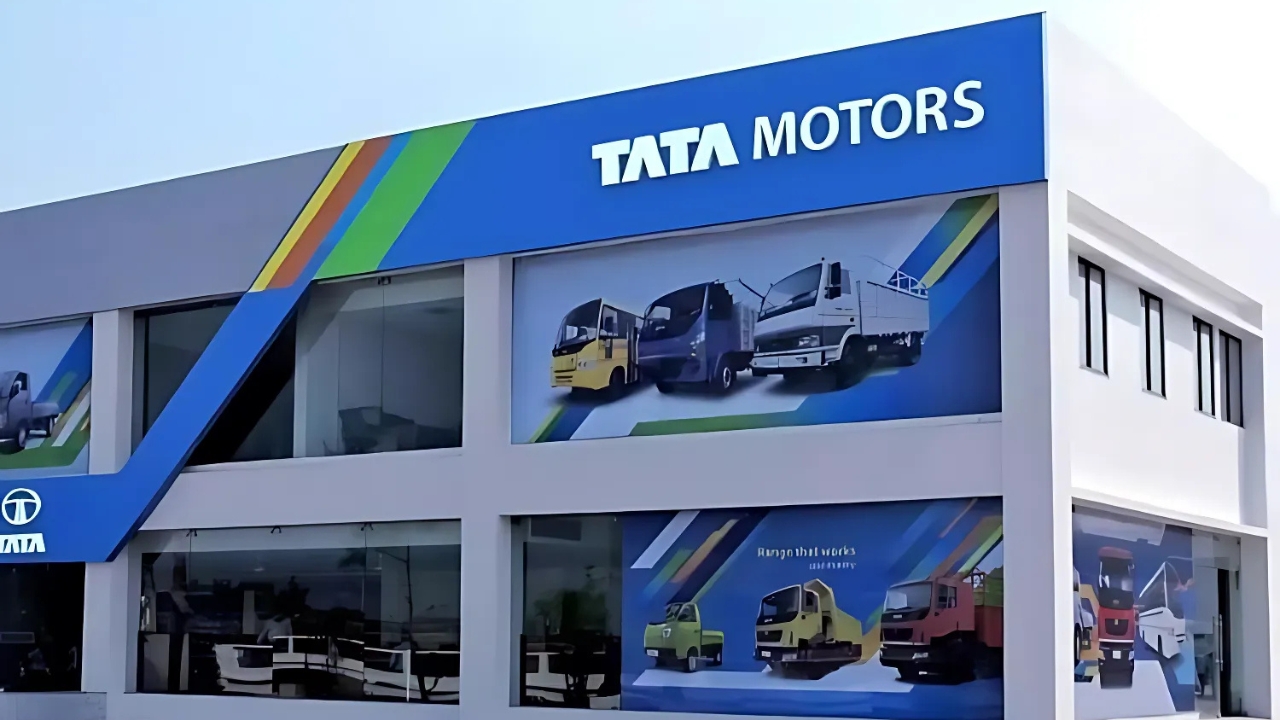Tata Motors Q2 Financial Performance and Outlook
Tata Motors reported a decline in consolidated net profits mainly due to weaker sales in its luxury Jaguar Land Rover unit as well as subdued domestic demand in commercial as well as passenger vehicle segments during the second quarter of fiscal year 2025. “This decline in operational performance of Tata Motors reflects overall challenges the company is facing within the automotive segment not only at home but also globally.”.
Net profit for the quarter ended September 30 tanked by 11% year-over-year at ₹3,343 crore on the back of revenue from operations falling 3.7% to about ₹1 trillion. In fact, it is for the first time the revenue saw a decline over ten quarters, and the short supply of aluminum by JLR has impacted profitability.
Impact of JLR and Domestic Sales on Performance
Declining wholesale sales at JLR and a decline in the domestic demand for passenger vehicles weakened its operational results. According to Tata Motors’ Group Chief Financial Officer P.B. Balaji, the two issues therefore hurt the overall performance of the house, as went through in a post-earnings call.
Also, the EBITDA margin declined, falling 230 basis points over the year at 11.4%. EBITDA overall slid 14.2%, or ₹11,736 crore. Revenues for JLR declined by 5.6% to £6.5 billion, while EBIT margins fell 220 basis points to 5.1%, mostly on account of “temporary supply constraints.”.
Also Read: New Maruti Suzuki Dzire Achieves Five-Star Rating in Global NCAP Crash Tests
Electric Vehicle Segment and Government Policy Impacts
The electric vehicle market has also been troubled for Tata Motors. A recent government decision to scrap incentives on electric vehicles used as commercial taxis cut sales of EV, which now account for 12% of Tata Motors’ overall sales. Sales of EV declined by 16% year on year during the September quarter, indicating how policy measures are affecting Tata Motors’ EV business.
Tata Motors appears to be more aggressive in considering hybrid vehicles when market demand is at a crossroads. “If our customers want it, we will think about it,” said Balaji, further bolstering that the company is flexible enough with consumer demands.
Anticipated Benefits from the Production-Linked Incentive (PLI) Scheme
Which means that in the second quarter of next year, the Indian Government is going to start offering violence benefits to TataMa Nmotors under an advanced technology automotive components Production Linked Incentive scheme (PLI). In this way the company’s home made EV business will receive further help, sustaining Balaji throughout future architects, Researchers and builders of TeamBalaji An86B plant is now prepared to digest any more funding waves that might be released under subsequent rounds of the PLI scheme for advanced automotive technologies.
Cautious Outlook on Domestic Passenger Vehicle Market
At Tata Motors, the company does note strong sales in the recent festive season, though it has kept a close eye on short-term prospects for the domestic passenger vehicle market. Balaji said November consumer sentiment would closely be watched to see if market demand had stabilized.
In the commercial vehicle (CV) sector, Tata Motors sees potential growth due to increased infrastructure spending since September. Balaji expressed optimism about a demand upswing for CVs, driven by rising freight availability and greater truck utilization in October compared to the previous quarter. “Going forward, I definitely expect CV demand to pick up,” he added.
Also Read: Mahindra & Mahindra Bullish Growth Outlook for FY25: Key Insights and Strategies
Monitoring Demand Trends in China for JLR
On the international front, it is watching demand trends for JLR in China, specially after the stimulus announced by the Chinese government lately. According to Balaji, one of them is obviously very keenly watched as they’re likely to have a significant bearing on JLR’s performance on one of its key international markets.
Future Outlook and Strategic Focus
Despite facing near-term challenges, Tata Motors remains committed to its strategic goals, focusing on enhancing operational efficiencies and exploring new vehicle segments to align with shifting consumer and regulatory demands.

